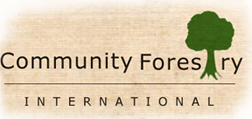Community Forestry Law & Policy
New community forestry laws, regulations, and policies are emerging across Asia as national governments attempt to formally integrate rural institutions into management systems for public lands. Enabling legislation and a supportive policy framework are critical to the success of reforms of public forest land management in Asia and engage tens of millions of low income rural families in productive stewardship. In some Asian countries, community resource rights were recognized in the pre-colonial and earlier colonial era, only to diminish as the authority and reach of the central government grew. Since the 1980s, however, there has been growing recognition among legislators and policy makers that forest-dependent communities are important stakeholders and strategic managers. From a legal and policy standpoint, legislators and planners must not only to create new laws to guide public forest land reform, but to bring prior legislation and court decisions into conformity with new national management systems. where possible through the exchange of experience.



